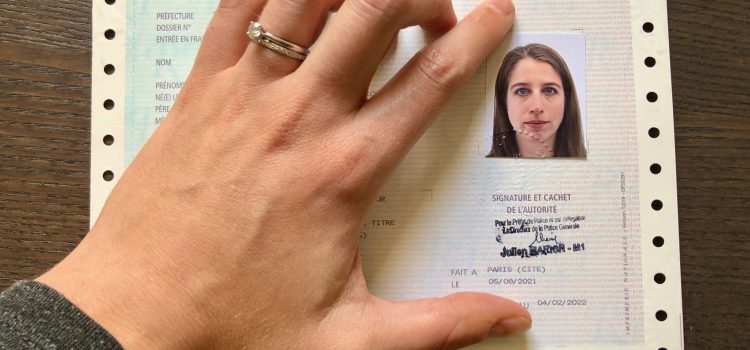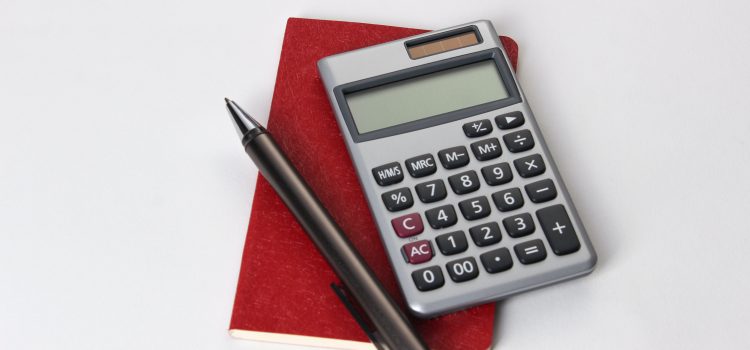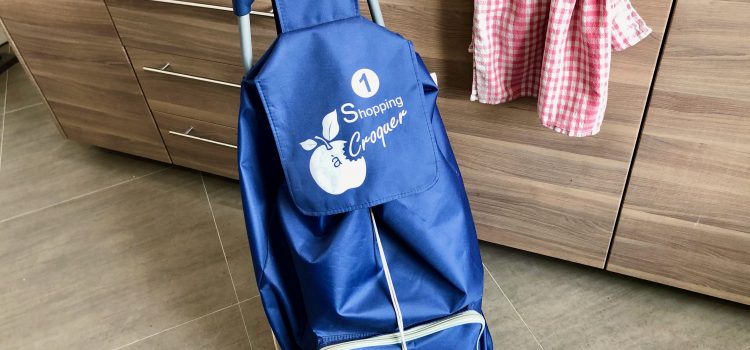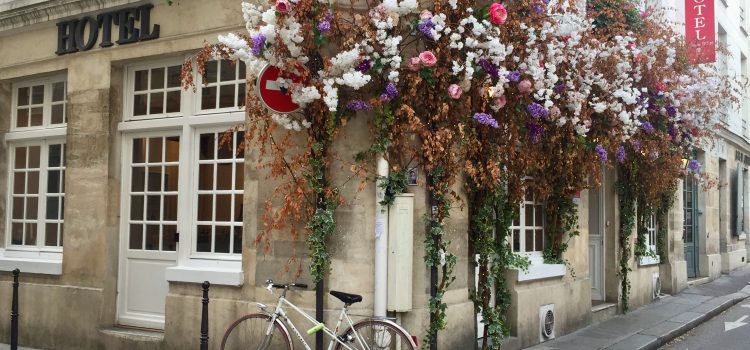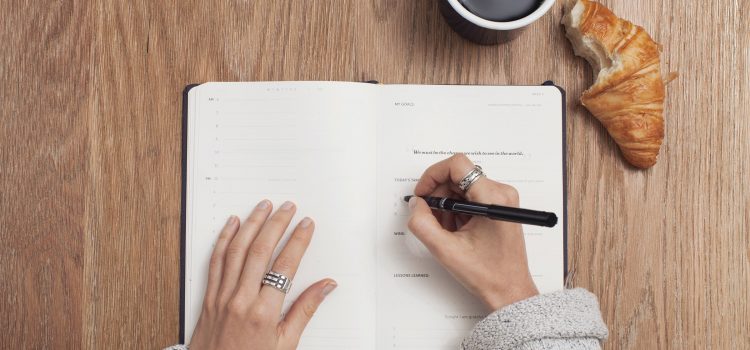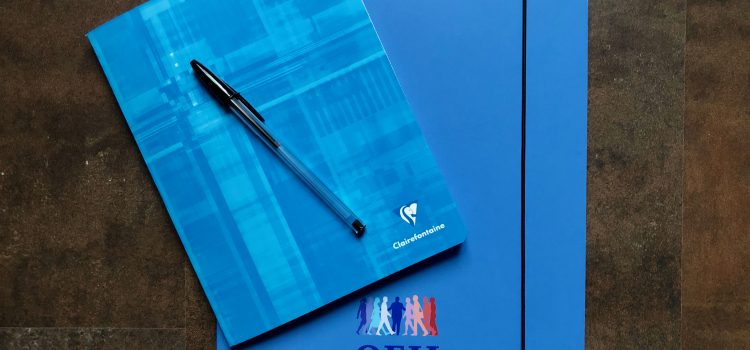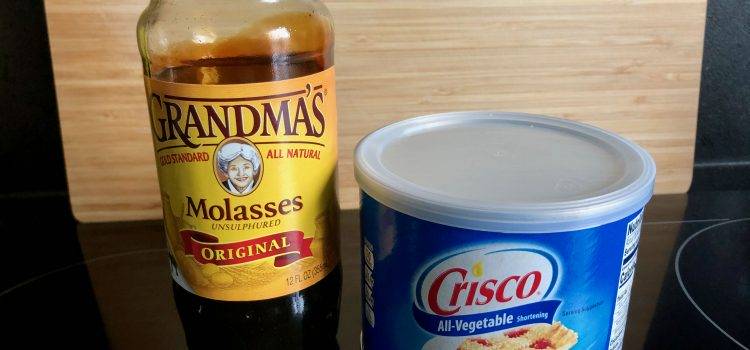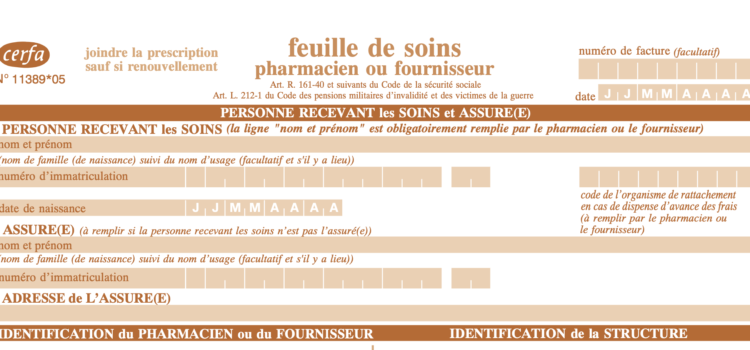As the spouse of a French citizen, I recently renewed my carte de séjour “vie privée et familiale” (CdS VPF). This residence permit allows me to continue living and working in France and has a duration of two years.
How to Renew Your Visa or Carte de séjour “vie privée et familiale”
